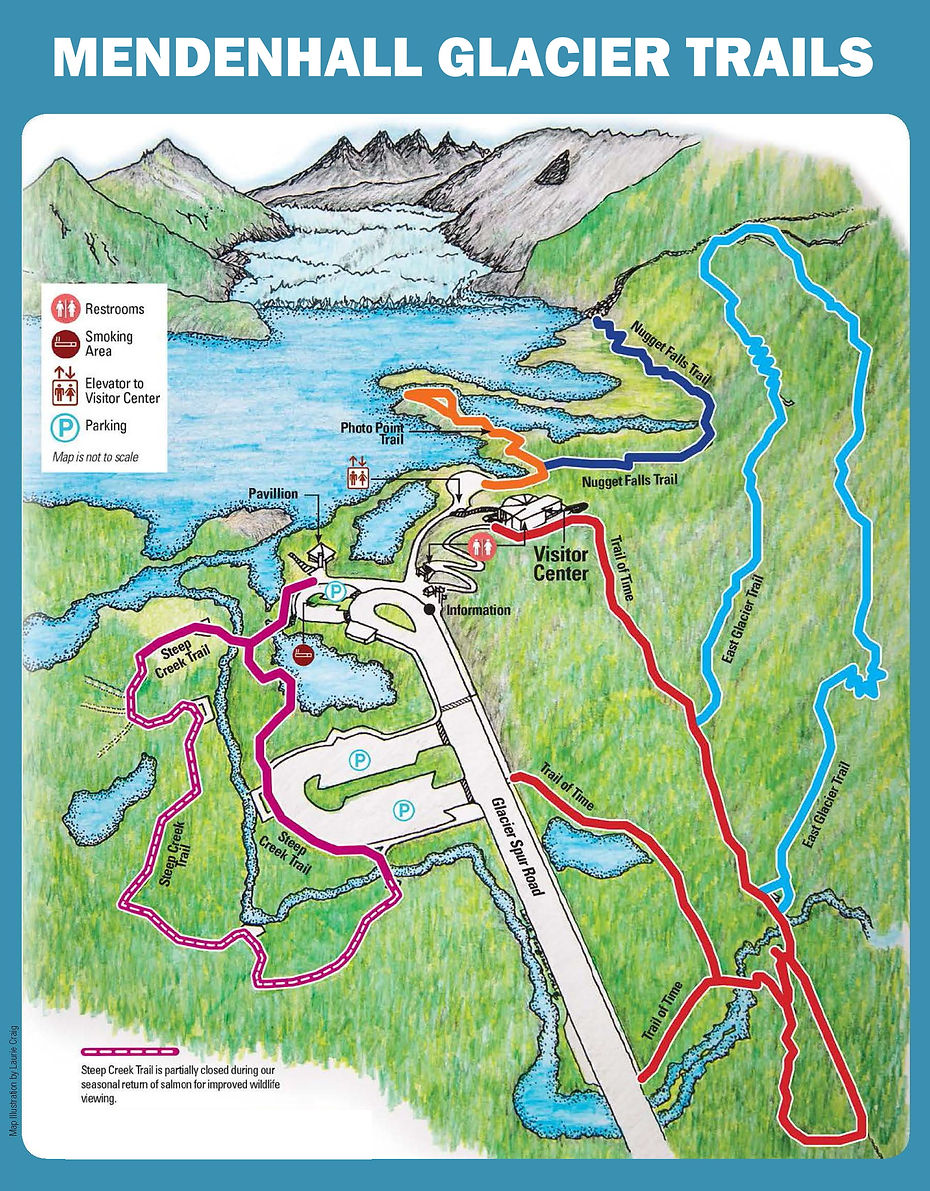
ALASKA
Juneau
July 2023
Juneau is the Alaska state capital. It is unique among the US capitals on the mainland in that there are no roads connecting the city to the rest of the state or North America. So, it is only accessible via water or air. Location 58°17'N 134°24'W. As the state capital, Juneau contains the State Capitol building and the Governor's Mansion. The three other cruise ships in port with us today were Majestic Princess, Brilliance of the Seas, and Discovery Princess. Thankfully, their arrival and departure times were staggered from ours, so not all the passengers were descending on the city at the same time.
Juneau is the second largest city in the US by land area (second only to Sitka, Alaska) (although only 14 of the city's 3200 square miles are urban). It has a population of just over 32,000 making it the third most populous city in Alaska just below Fairbanks. Approximately, 8000 cruise ship passengers per day visit Juneau during the season of May through September.
The scenery entering Juneau was spectacular. So many waterfalls cascading down the heavily forested mountains. Lots of fishing boats. And since the tide was low as we were entering, there were people fishing and clamming along the shoreline.
The excursion I took today was a trip to Mendenhall Glacier followed by a boat trip to view whales.
We boarded a small bus and traveled to Mendenhall Glacier, which is 12 miles from the downtown area. The property is managed by the US Forest Service. We hiked through the forest down to the lake formed by the glacier. Mendenhall Glacier is one of many major glaciers that connect to the vast Juneau Ice Field, a 1500 square mile remnant of the last ice age. It is the only glacier in southeast Alaska accessible by road. A short, guided hike gave us access to the glacier area along a path through the rain forest. This whole area was once completely covered by the massive glacier. The glacier is receding rapidly and will probably no longer be visible in 30 years. We visited the Steep Creek viewing area to view the massive glacier across Mendenhall Lake. The blue ice of the glacier is absolutely breathtaking.
Blue ice occurs when snow falls on a glacier, is compressed, and becomes part of the glacier. During compression, air bubbles are squeezed out, so the ice crystals enlarge. This enlargement is responsible for the ice's blue color. Over the past century, the glacier has retreated an average of 100 feet per year. Adjacent to the the glacier is the 377 foot tall Nugget Falls waterfall which is fed by snow melt and has an enormous amount of water flowing out of it.
This part of the Tongass National Forest is home to beavers, salmon, Arctic terns, porcupines and even black bears. (We did not encounter any bears, but the guides did have bear spray just in case.) The Tongass National Forest is the largest US National Forest at almost 17 million acres. Most of the area is temperate rain forest. We saw some cool beaver lodges on the hike back to the parking lot.
Next, we took a short drive to a dock at Auke Bay and boarded a small, specialized watercraft that has large windows and an open bow and stern for viewing the wildlife that thrives in these protected waters. I purposely chose this excursion because it was limited to 20 people, so we got a very personalized and up close tour from this small boat. All activities on the tour are operated by permit and regulation through the Alaska Department of Fish and Game and NOAA in support of the University of Alaska and the Alaska Sea Grant Marine Advisory Program.
Humpback whales, orcas, sea lions, porpoises, seals and sea birds are commonly seen. Stephens Passage is a renowned whale watching and wildlife refuge. Humpback whales spend the summer feeding in these nutrient-rich waters. The guide and captain on the boat were very informative and, of course, knew exactly where to take us to see the most wildlife.
We saw an ORCA!!! This one orca with a bent dorsal fin spent a long time in the area where we were. It was super cool. Orcas in this area tend to travel solo, and we saw it surface numerous time. SUPER COOL.
We also saw lots of humpback whales and were able to see the tail fluke several times. The pattern on the tails of humpback whales is unique to each whale and allows observers to identify the whale. The whale we saw was named Flame. Flame is a frequently observed whale in both Alaska and in Hawaii, where the whales go to breed. Flame has had 6 calves, which is a very high number for humpback whales. The tour company is part of a collective called "Juneau Flukes" that helps collect data to identify the whales. They have created a catalog of all the sighted whales. https://www.juneauflukes.org/
We slowly drifted, quietly listening for sounds of the whales expelling air through their blow holes. It's an indescribable sensation of breathless anticipation. We'd look for fins and flukes and fountains of misty whale breath. It was mesmerizing.
It was magical to be in their presence.
We also saw a bunch of sea lions resting on a marker buoy. They were casually lounging soaking up the summer sun.
After returning from the whale watching, I walked around downtown visiting some shops and checking out the scenery.
I stopped at the famous Tracy's King Crab Restaurant to have some authentic Alaskan Red King Crab. This place is usually super busy, but the line moves quickly.
The ship didn't leave port until 10pm, so I had plenty of time to explore the city. Sunset was just as we were departing the port.
Tomorrow, we will be stopping in Skagway, Alaska. We will be covering 107 nautical miles to get there.
Entering Juneau






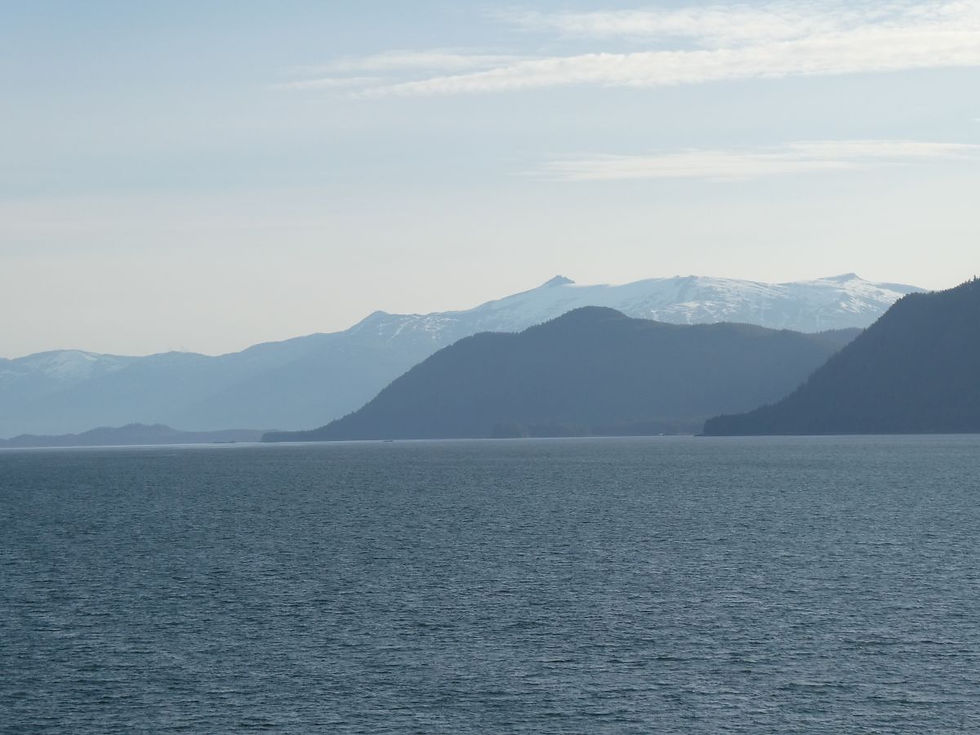











































Mendenhall Glacier
























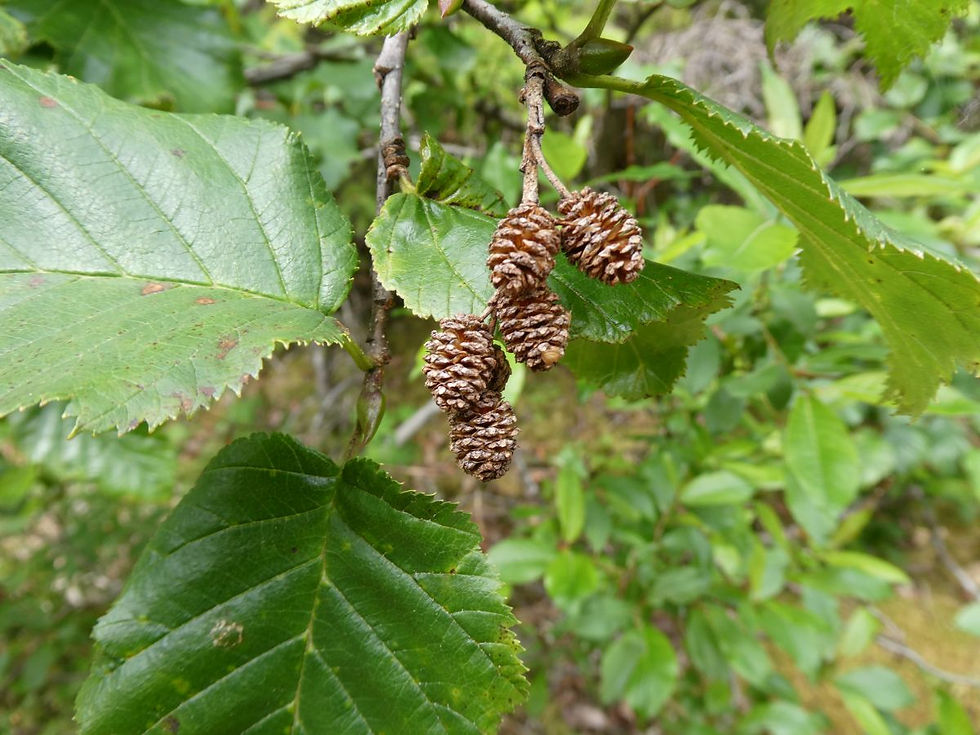

























Whale Watching Boat Tour





































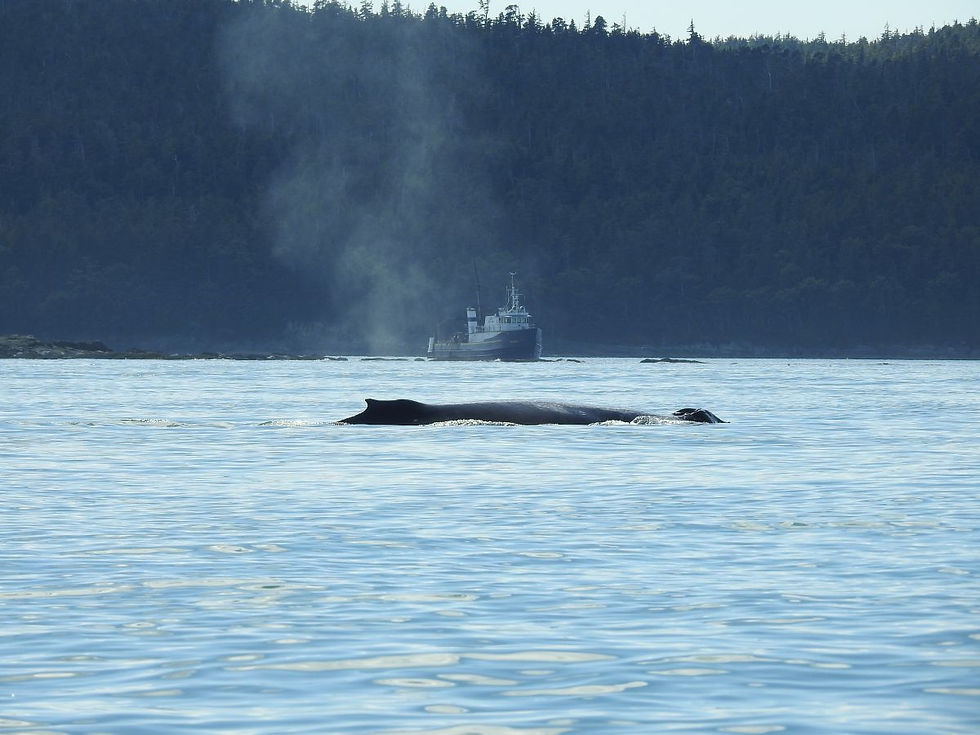




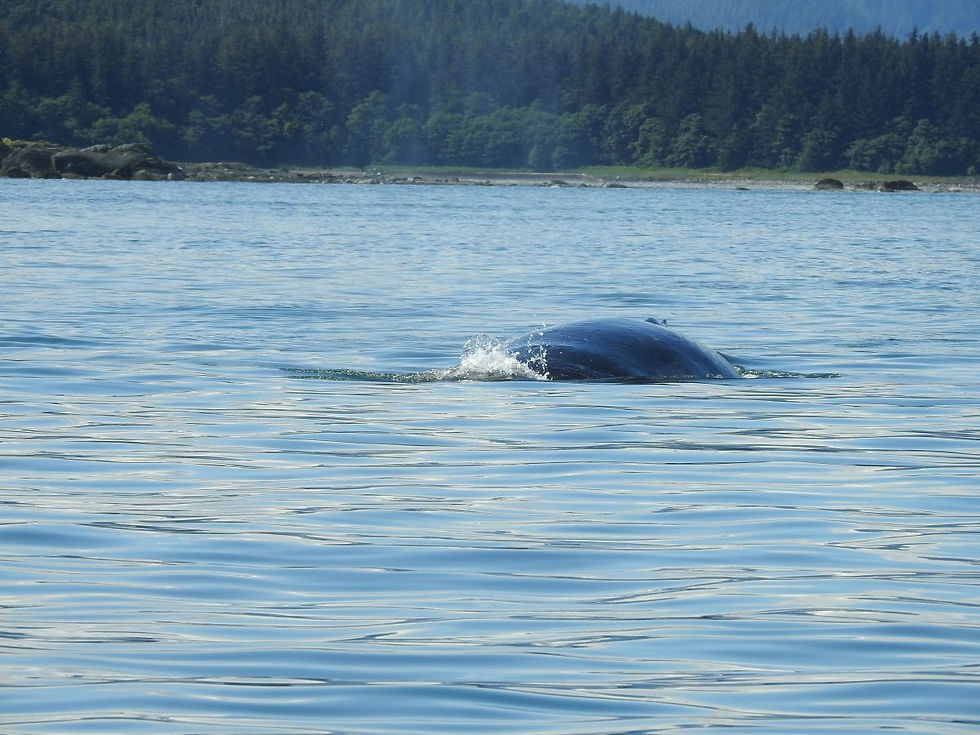







Downtown Juneau




















Float Plane Coming in HOT!!!!
